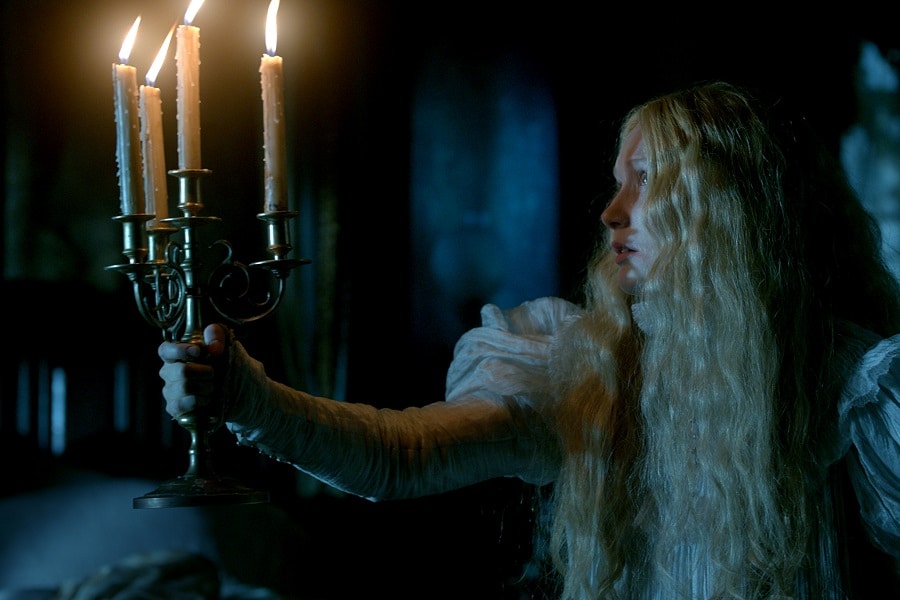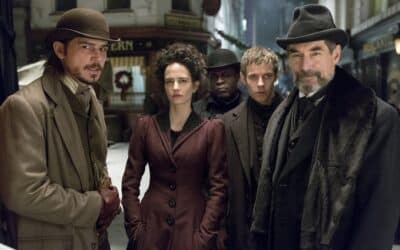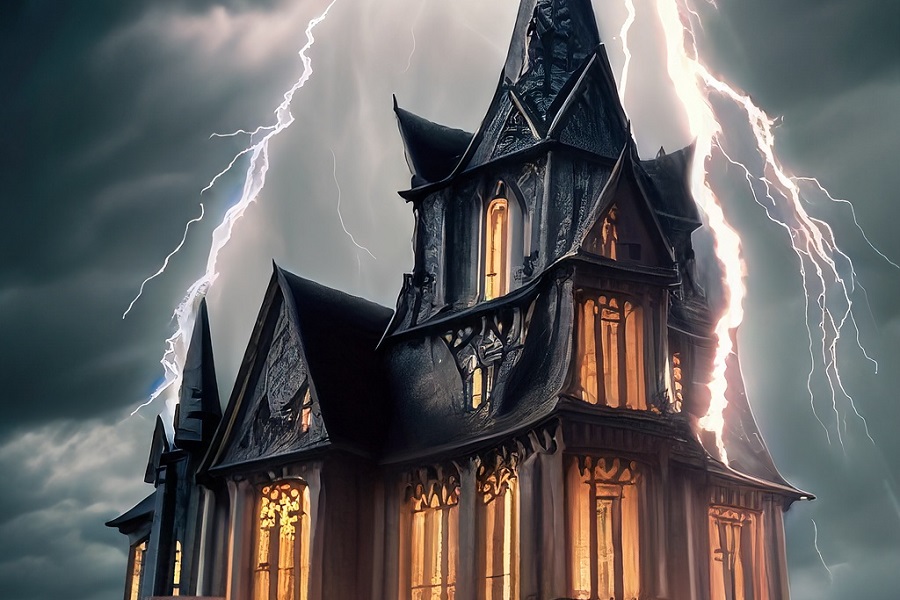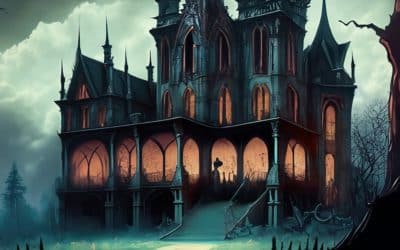
Gothic Mystery Settings
The power of place, integral to the chills and thrills of gothic mysteries, builds an intricate web that ensnares the senses, painting the air with a haunting allure that pulls readers and viewers into its core.
One may wonder, what weaves the mystery in a gothic setting? It’s the interplay of shadow and light, the whispers of the unknown, and the ancient allure of buildings that have seen the passage of time, each brick engrained with secrets. The looming structures, distant howls, and fog-laden air create an environment thick with suspense, and it’s this foreboding nature that magnetizes the audience, making them yearn for more, crave the unraveling of hidden layers.
Now, think of Daphne du Maurier’s “Rebecca”, a journey through Manderley’s haunting corridors that hold the whispers of the unseen yet ever-present Rebecca. The atmospheric tension builds around this stately mansion, submerged in secrets and murmurs of the past. The rustle of the curtains seems to speak of untold tales, while the relentless sea waves are the metronomes to hidden heartbeats. Manderley, more than a mere backdrop, becomes an entity, a character in its own right, echoing the ethos of gothic mysteries where places hold power, bear secrets, and breathe life.
The journey of unveiling gothic mystery settings wouldn’t be complete without stumbling upon the eerie world of “Crimson Peak”, a film by Guillermo del Toro. The sinister allure of Allerdale Hall, with its creaking floors and blood-red clay seeping through the snow, becomes the dance floor for ghosts. The house, battered by time and cloaked in shadows, unveils the ghosts of the past and dances in the rhythmic whispers of forbidden secrets. It’s not merely a setting; it’s a breathing entity, whispering the tales of the bygone, and every creeping shadow seems to hold a secret, a story etched in time.
Sweeping through the tangled roots of gothic mysteries, one cannot overlook “Wuthering Heights”, where Emily Bronte summons the rugged moors as a living, breathing entity. The tumultuous relationship of Heathcliff and Cathy seems entangled with the winds that wail across the moorlands, encapsulating a haunting allure. The moors are not merely silent witnesses but active participants, embodying the raw, untamed emotions that ripple through the pages, dancing in the symphony of sighs and howls.
Another realm echoing with spectral murmurs is “The Woman in Black”, where Susan Hill spins the yarn of eerie Eel Marsh House. Cut off from the mainland by the tides, the house stands as a silhouette against the misty horizon, holding within its walls the echo of eerie footsteps, the whispers of the unseen. The mists around Eel Marsh House seem to cloak tales of the unseen, and the distant cries blend with the whispers of the winds, adding a haunting melody to the gothic symphony.
The shadowy realms of TV adaptations are no strangers to the intricate dance of gothic places. BBC’s adaptation of “Jonathan Strange & Mr. Norrell”, enveloped in the enchanting aura of the 19th century, entwines its narrative around the labyrinthine Lost-hope, whispering the forgotten tales of Faerie. The place becomes a haunting entity, a weaving dance of shadows and light where time intertwines with mystery. The landscapes echo with ancient murmurs, beckoning the audience into a world cloaked in enchantment and shrouded in shadows.
Sherlock Holmes’s fog-laden London streets become the canvas for countless mysteries, shadows creeping around every corner, whispers hidden within the echoes of footsteps. Sir Arthur Conan Doyle’s creation becomes synonymous with the cobbled streets wrapped in fog, the alleys whispering secrets. The city becomes a living entity, echoing with the heartbeat of the unknown, the mysteries interwoven with the very air that wraps around the buildings.
The question that lingers in the whispering shadows is: why is there an incessant allure surrounding these gothic settings? The allure lies in the intertwining of the known with the unknown, the visible cloaked in shadows. The buildings, landscapes, are not just inert structures or expanses; they hold breaths, echo with the whispers of the unseen, become the carriers of untold tales. The curiosity to unveil the shadows, to dissect the layers of the unknown, to wander in the labyrinth of secrets becomes the magnet pulling the readers and viewers into the gothic realms.
It is this power of place in gothic mysteries that makes every shadow dance with untold tales, every whisper echo with unseen presences. The settings are not mere backdrops; they are the pulsating hearts, the breathing entities whispering the tales of the bygone, holding within their walls, their landscapes, the symphony of the unseen. The winding paths through the fog-laden landscapes, the echoing corridors of ancient buildings, become the tapestries holding the weaves of mysteries, beckoning the ones willing to listen, to see, to unravel the layers cloaked in shadows.
More Gothic Suspense Features
Victorian Gothic
Victorian gothic in suspense and horror
What Makes Fiction Gothic?
A Wisp of the Macabre: Unmasking Gothic Fiction
Gothic Crime
Gothic Crime Fiction: A Genre That Haunts and Thrills



